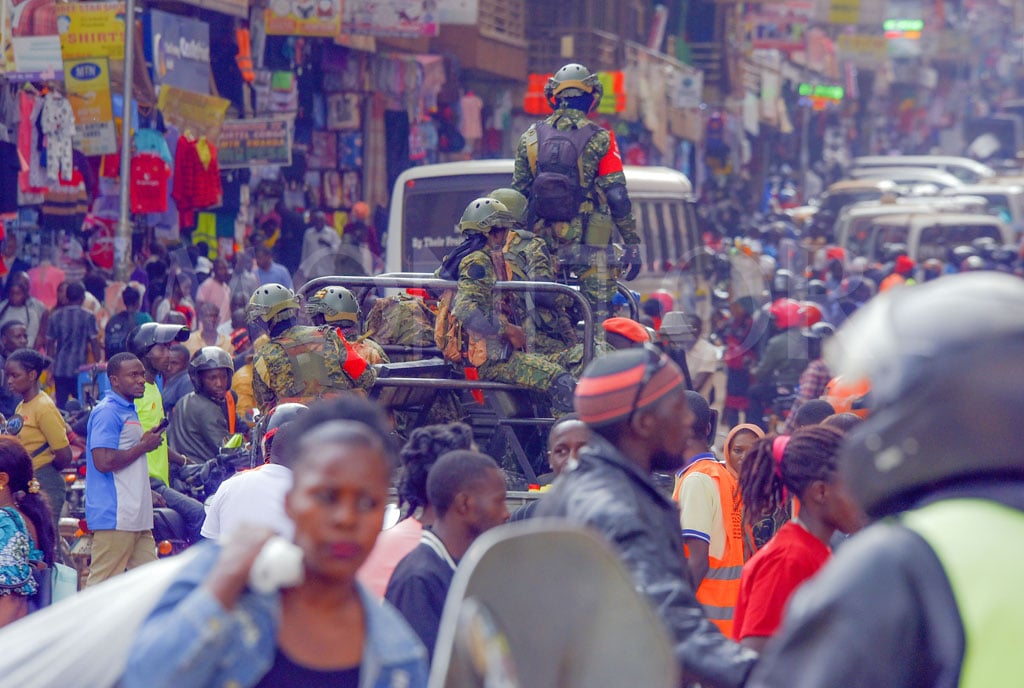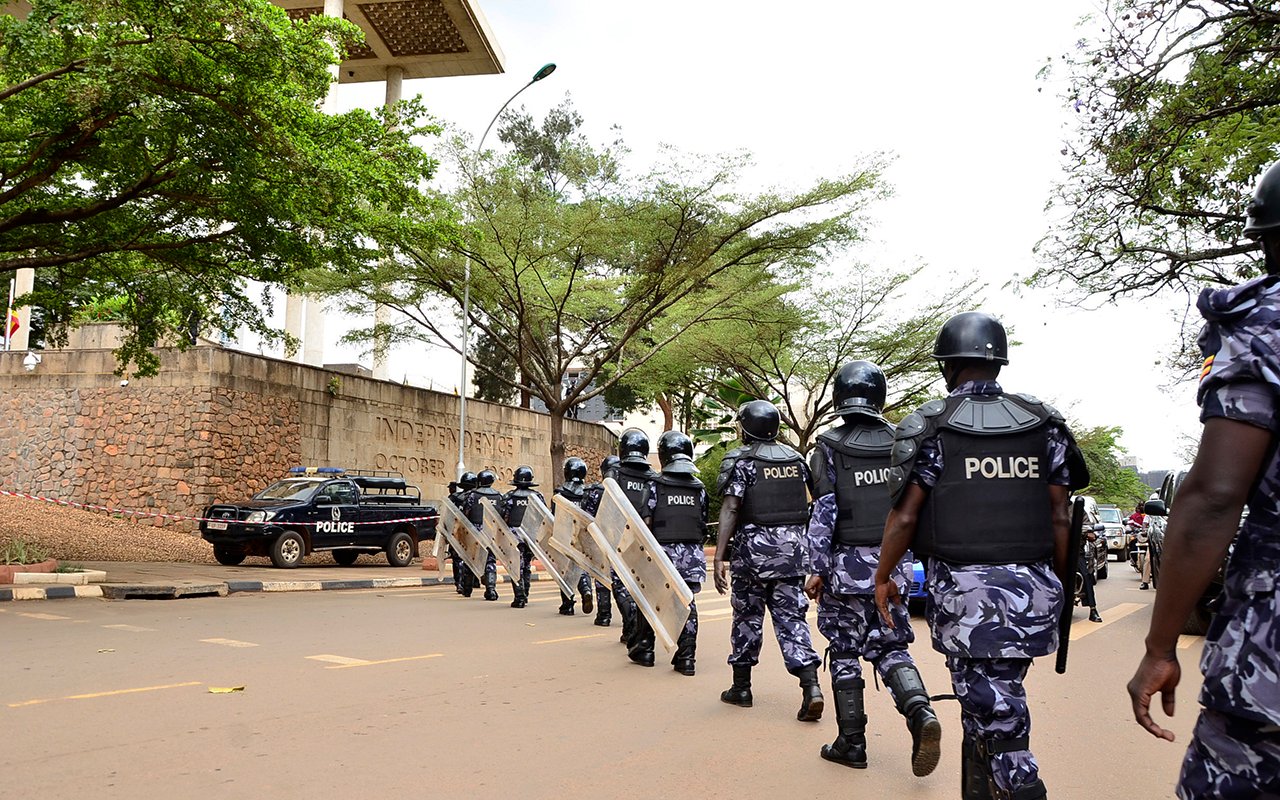
Writer: Odoobo C. Bichachi. PHOTO/COURTESY
The conversation as to whether social media (aka new media) is killing off legacy media (aka old media) has been long and continues in newsrooms and boardrooms of mainstream media.
Still, its damage to legacy media is all visible. For print, it is the perilous drop in copy sales as readers migrate online to consume freely available content. For television, it is the drop in audiences as viewers migrate online (YouTube) where they can choose the news to view at their time and convenience.
No new media technology has ever completely killed off the old media subsisting at the time of its entry. Thus, radio did not kill newspapers in spite of the big convenience and reach it brought to users in 1920s when radio news was first broadcast. The arrival of television news broadcasts in the 1950s did not kill off nascent radio and old newspapers that had survived radio.
What the history of media technological development has shown is that new media usually complements and builds on the existing media systems. Yes, in so doing, it naturally never leaves the old media the same!
Now, watching the events around #March2Parliament demonstrations against corruption by the youth this week, I couldn’t help but see the complimentary and symbiotic relationship between new and legacy media.
Legacy media is built around structured news gathering processes anchored on ethics, boots-on-the-ground, gate-keeping and formal distribution channels. Social media, on the other hand, is anchored on an army of roaming citizen journalists that capture and disseminate news on-the-go and from everywhere.
It is perhaps worthwhile at this point to share a broad definition of citizen journalism for the benefit of those who are familiar with this discourse. I found this definition on www.wikipedia.org simple and compelling.
“Citizen Journalism, also known as collaborative media, participatory journalism, democratic journalism, guerilla journalism or street journalism is based upon members of the community playing an active role in the process of collecting, reporting, analysing, and disseminating news and information.”
Or better, Courtney C. Radsch defines it as “…an alternative and active form of news gathering and reporting that functions outside mainstream media institutions…”
Because of the scale of the demonstrations that had no central assembly point but rather every one begun from where they were and met their fate at the hands of security operatives a few metres or kilometres down the road, it was practically impossible for mainstream media to be everywhere to capture these individualised protests and subsequent arrests in different parts of metropolitan Kampala.
And this is where citizen journalists, armed with just a smart phone, captured the many incidents that would have escaped reach of mainstream media’s handful of reporters and camerapersons.
Mainstream media was then able to amalgamate citizen journalists’ photos and video clips into their own reporting and thus give the country a near complete picture of the demonstrations as they unfolded throughout the day on their social media handles/platforms, and later in the evening news bulletins and morning newspapers.
But as they say, in a situation of unfettered information sharing, there will always be a dark horse somewhere ready to pollute the waters with fake news, and may people would likely fall for it!
One of the dark horses about the protests on social media on Tuesday, at least on X (formerly Twitter) was a post of two photographs [forward and back angle] of a group of women marching with the caption, “A group of women protest massive corruption at Parliament! Dressed in the famous Gomesi! They called for resignation of Speaker @AnitaAmong”.
The poor grammar aside, it did not say where the photo was taken and who the women were. The lone placard was blurry, partly cropped and clearly unrelated to the youth protest. It was fake! Nevertheless, it attracted 2,600 likes, 1,017 reposts, 80 quotes and 30 bookmarks! Only three people in the comments section called it out as fake news.
So, while “the first-person documentation” of citizen journalists that is shared on social media is important we must beware of fake news. The debate, however, is whether mainstream media should flag the fake news or this would only give the fakes a lease of life.
Send your feedback/complaints to
call/text on +256 776 500725.








